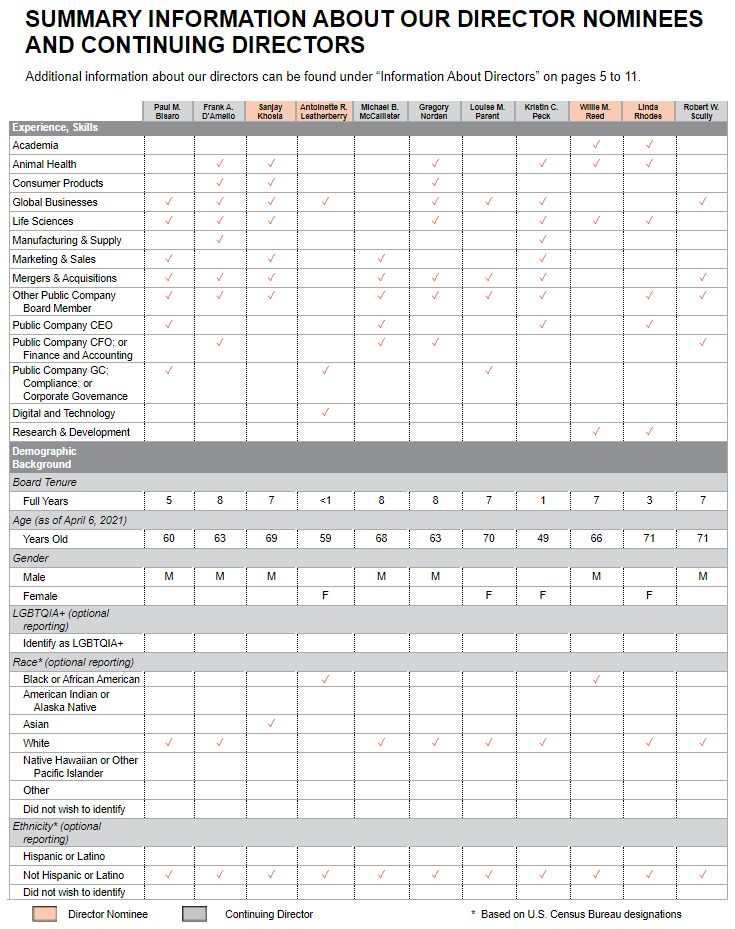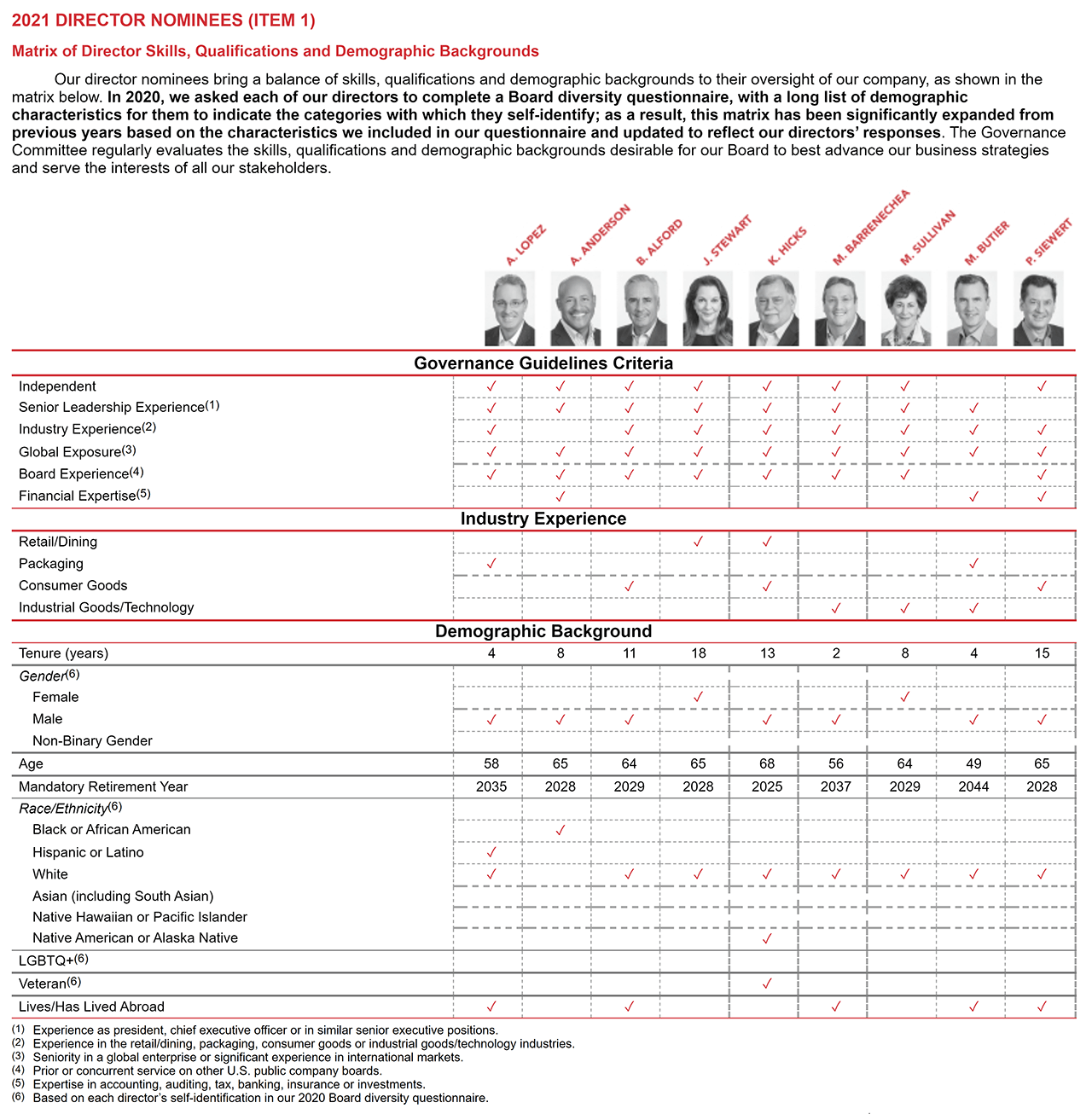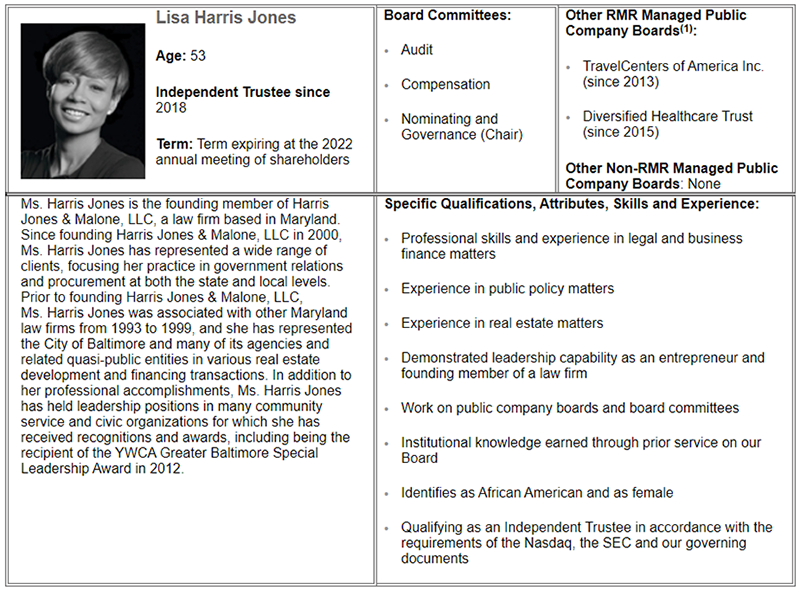Board Diversity Disclosures Show Process and Progress
June 9, 2021
Dan Marcec

Board diversity continues to be one of the most critical topics in corporate governance for good reason. If boards of directors are unable (or unwilling) to hire and retain voices at the table that reflect the company’s shareholders, employees, customers and other outside stakeholders, then they won’t effectively be able to advise executives on issues that affect their larger ecosystems.
Boards are moving from talk to action. For example, representation of women on Russell 3000 boards has increased more than 60% since 2016, reaching almost 25% overall, according to the latest Equilar Gender Diversity Index. In addition, representation of racial and ethnic minorities in Equilar 500 director seats is nearing 20% overall, as data from the Equilar Board Factbook show.
These figures are vast improvements and deserve accolades and attention for rapid gains in recent years. However, they also shine a light on the fact that women and minorities are underrepresented by large factors in comparison to their share of the population and the workforce.
Women account for half the population and the overall workforce, yet only one-quarter of board seats. Meanwhile, non-white individuals account for approximately 40% of the U.S. population. Within that, Black Americans account for about 12%, but only 8.8% of board seats, and Hispanic Americans account for over 18% of the U.S. population, but less than 5% of directorships.
It’s with this backdrop that investors and other corporate stakeholders have pushed hard for company disclosures to state what progress is being made, what processes have been put in place, and what goals have been set to reach a state of board representation that appropriately reflects a company’s shareholders, employees and customers. This may not always have a 1:1 relationship to overall representation among the populace, but in almost all cases it will be more than what is there currently.
Equilar recently conducted research on board diversity disclosures among Russell 3000 companies that had filed an annual proxy statement between March and mid-April 2021. The research identified companies that discuss statistics about their boards as well as companies that disclose the race or ethnicity of specific board members. The latter information is critical, as reliable data on racial and ethnic composition requires self-identification.
Among the companies included in the study, nearly half, or 48.7%, disclosed a detailed breakdown inclusive of gender diversity on their boards, and just over one-third disclosed a race/ethnicity breakdown. A very small portion, 0.4%, indicated sexual orientation as a defining characteristic of their board directors.

The disclosure examples below from recent proxy statements provide details on how companies are showing their board composition diversity in various ways.
For example, animal health company Zoetis Inc. (ZTS) included a cross-referenceable matrix in its most recent proxy statement (DEF 14A filed on 4/6/21, p.3), showing detailed information about the demographic backgrounds and professional skills of its board nominees.

This increasingly common format enables readers to compare a number of qualifications that the company designates. Notably, even though the board does not have a member that identifies as LGBTQIA+, the matrix includes this blank field. In many cases, companies use these types of details to acknowledge what questions may be asked of them by key stakeholders. While there is some risk in clearly spelling out a lack of diversity in any given area, transparency signals that there is nothing to hide and opens the door to a conversation if there are any concerns.
Label manufacturer Avery Dennison (AVY), included a similar matrix, adding pictures of its director nominees to the table as well as a field (also blank) related to non-binary gender (DEF 14A filed on 3/5/21, p.11).

The example below in the recent proxy filing (DEF 14A filed on 3/29/21, p.18) from Industrial Logistics Properties Trust (ILPT) is less about uniqueness of style or information than it is about substance. These details indicate this director not only identifies as an African American woman (the board’s only female and only representative from a racial/ethnic minority), but also that her professional experience does not come from a corporate executive background. One of the biggest barriers to increased diversity on boards is a bias toward C-suite experience, which overwhelmingly favors white males, even when candidates like Ms. Harris Jones, an attorney with relevant experience in real estate and public policy, are available in the talent pool.

Board diversity will continue to be one of the most talked-about issues among corporate stakeholders until representation mirrors the demographic composition of the greater market. As public companies have the ability to influence issues that affect the greater good, especially environmental and social matters, the general public will continue to hold them accountable. Those that take responsibility to ensure all sides of those thorny debates are heard inside the boardroom will find themselves in a better position to earn the trust of the public, and ultimately, succeed with their investors, employees and customers.
Contact

Dan Marcec
Senior Editor at Equilar
Dan Marcec, Senior Editor at Equilar, authored this post. Please contact Amit Batish, Director, Content & Communications, at abatish@equilar.com for more information on Equilar research and data analysis.
 Solutions
Solutions















